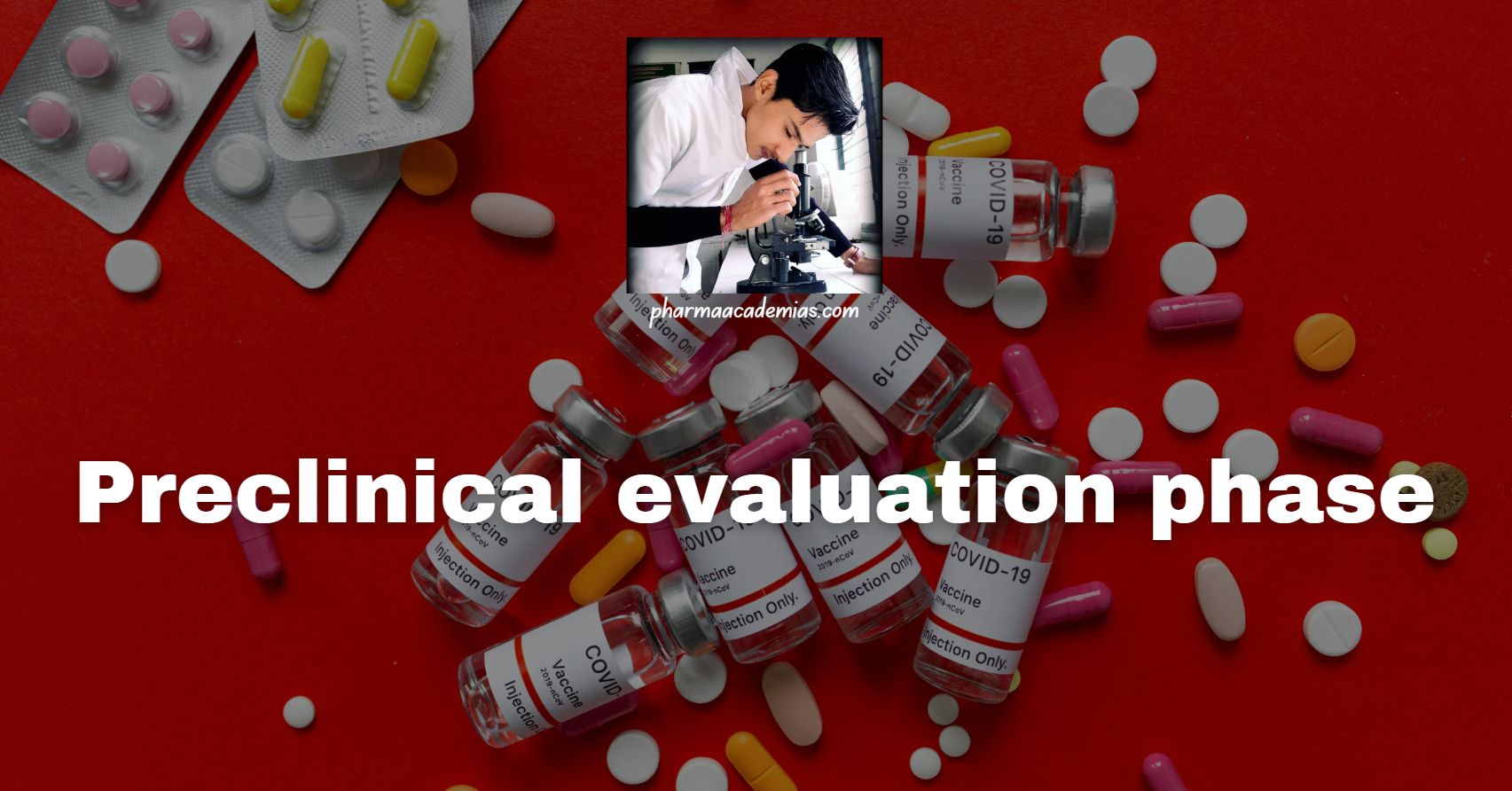Pharmacovigilance: Definition, Objective, History and Phases
Pharmacovigilance is the science and activities related to the detection, assessment, understanding, and prevention of adverse effects or any other drug-related problems. It plays a crucial role in ensuring patient safety and optimizing the benefits of pharmaceutical products throughout their lifecycle. Here’s a detailed note on pharmacovigilance: 1. Overview – Definition: Pharmacovigilance, often abbreviated … Read more










